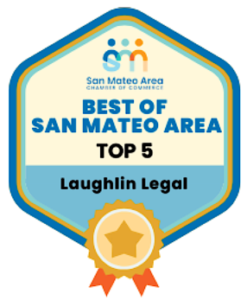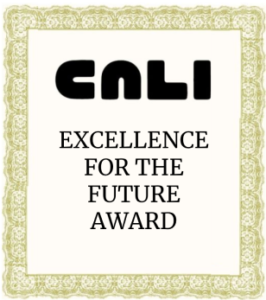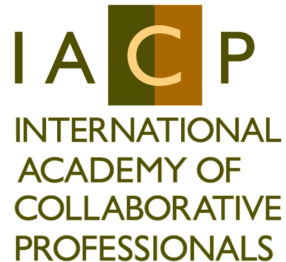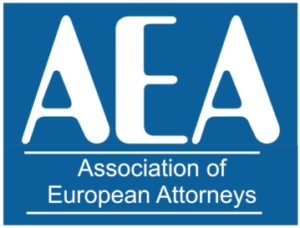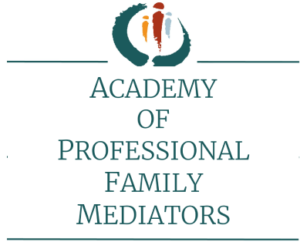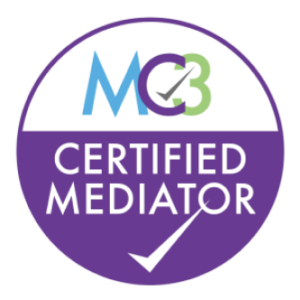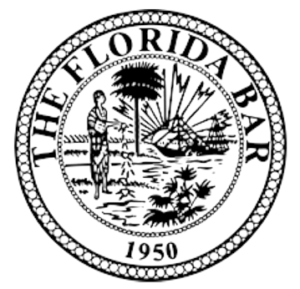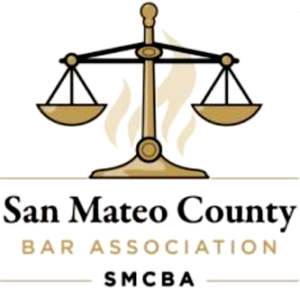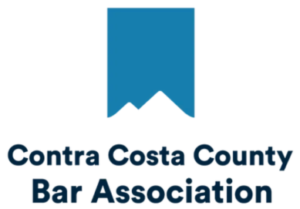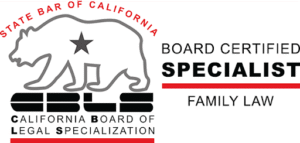In 1969, California became the first state in the union to adopt no-fault divorce. The new grounds for divorce: irreconcilable differences, which translates into: no proof needed for divorce. The thinking was that no-fault divorces would be shorter, easier, less expensive and far less contentious than at-fault divorces. In other words, less financially and emotionally ruinous for the parents, and less painful for the children. Today, no-fault divorce is legal in all 50 states. But two thirds of them still offer the option of an at-fault divorce. California is not one of those states.
Amy Laughlin, Founder and Managing Partner of Laughlin Legal, a firm of experienced divorce attorneys in San Mateo, explains,
“No-fault divorce means just that: no fault. No explanation beyond irreconcilable differences is necessary. You don’t have to disparage your spouse or prove that they’re the reason your marriage ended. There’s a tendency of people who feel they’ve been cheated in some way – the other partner has had an affair, or frittered away community assets – and they tend to want to villainize and bring in all this evidence of what a bad person their spouse is. But in a divorce court in California, generally speaking, divorce evidence for the purpose of character assassination will not be allowed.”
At first glance, it might seem that a no-fault divorce by definition would not permit much less require that evidence be used in divorce court. After all, where there’s no-fault there’s no-blame, nothing to prove. And that’s true when it comes to the termination of the marriage contract. But for other contested aspects of the divorce – specifically, asset division, spousal support, child support and child custody – blame is still an option therefore evidence is still in play.
When a couple cannot agree on how to divide their assets or determine spousal and child support, evidence may play a decisive role. Ms. Laughlin again, “In a division of assets and support case, no fault is no fault unless someone has been squandering community assets on things that don’t benefit the community, like an affair or gambling debt incurred without the knowledge of your spouse. There’s a fiduciary duty owed between marital partners and spending money on someone else or on things that don’t benefit the community may be deemed a breach of that fiduciary duty.”
In child custody cases, evidence can also be determinative. In Ms. Laughlin’s experience, “If a spouse has substance abuse issues or has exhibited criminal behavior, exposing the children to potentially dangerous behavior will affect the ruling. But largely the court will limit the evidence to what’s directly relevant.”
Evidently, not everything that might seem like legal evidence in divorce court is admissible in California courts. According to California Courts Self-Help Guide, there are a few key rules regarding evidence used in divorce court as written in the California Evidence Code:
- “Generally, people can only talk about what they know first-hand – what they themselves saw or sometimes heard
- The other side has the right to cross-examine anyone whose words (whether written or spoken) are being considered
- All testimony must be relevant information (proves or disproves something that one side needs to prove at trial)
If you don’t follow these rules, the other side can object to the judge considering what’s being said or presented. If the judge agrees that you didn’t follow the rules of evidence the judge won’t consider the evidence that you presented to the court. If the other side isn’t following these rules, you can also object (tell the judge you object and say why).”
Furthermore, “You must follow a specific process to share your evidence in court.
– First, show the exhibit to your spouse (or their attorney if they have one).
– Next, either you or your witness must testify about the exhibit to show that it is what you say it is, that the evidence is relevant to your case and is authentic (not made up) and otherwise admissible.
– Once you’ve done that, you ask the court to admit the exhibit into evidence. The other party or attorney may object to the exhibit for some reason. Try to answer these objections as best you can.
– Finally, the judge will decide whether to allow the exhibit or not.”
Ms. Laughlin adds, “This can be a tricky landscape to navigate. Hire a divorce lawyer, someone with a lot of experience, rather than trying to do it yourself. It could backfire.”
Curiously, there’s a growing interest in returning to fault-based divorce on the notion that no-fault divorce is too easy and doesn’t encourage couples to try harder longer. According to an article in the Desert Sun on February 25, 2025, there has been a rise in the number of covenant marriages. “A covenant marriage is a legally distinct marriage in which couples agree to be married for life. In a covenant marriage, couples also agree to engage in premarital counseling and accept more limited grounds for divorce.
Covenant marriages are typically entered into for religious reasons, and the criteria of these marriages are in place to reinforce the commitment to a long-term and stable marriage… The concept of legally binding covenant marriages is spreading across the nation, but as of 2024, Arizona, Arkansas, and Louisiana are the only states to recognize covenant marriage… If a couple in a covenant marriage wishes to obtain a divorce, then they will have to enter into a fault-based divorce.”
If you or someone you love is headed for divorce, learn more about how the divorce services we offer in San Mateo can best represent you and your values. Call us now at 650.343.3486 to schedule a consultation with a Laughlin Legal divorce attorney. If you’d prefer, you can email us to set up your appointment. If we miss your call, we will respond promptly and call you back as soon as possible.
Laughlin Legal Family Law Group
You’ve never been better protected.
